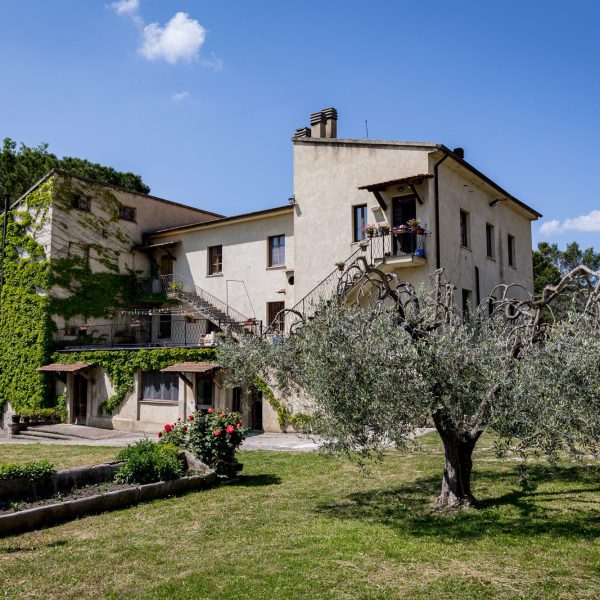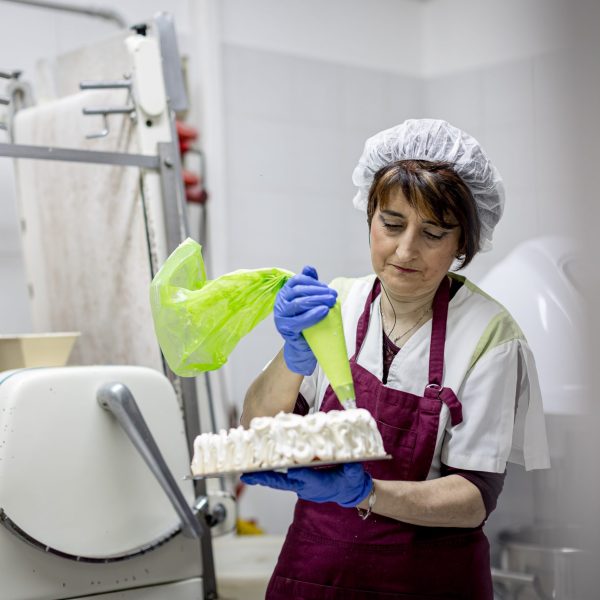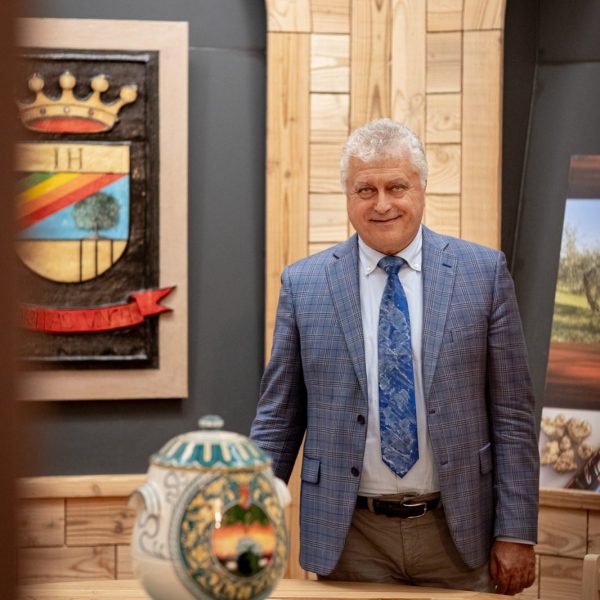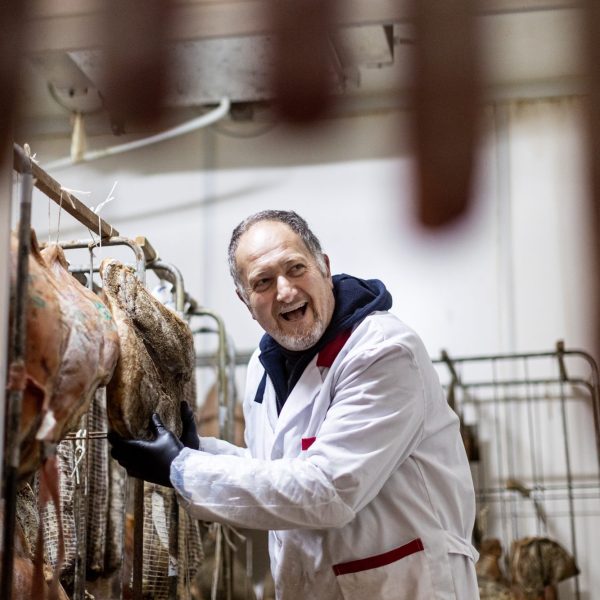Montecastrilli (Tr)
History
The origin of its name could derive from the Latin “castra“, meaning camps, which might have been placed here by Hannibal on his march towards Rome.
After the fall of the Roman Empire, Montecastrilli first became a stronghold of the Lombards in the Duchy of Spoleto and then of the Byzantines, who, with the Byzantine Corridor, connected the city to the defense system protecting communications between Rome and Ravenna.
In the Early Middle Ages, after being under the dominion of the Arnolfi, Montecastrilli passed into the domains of the Church. In 1810, it became an independent municipality, but after the fall of Napoleon in 1814, it returned to the dominion of the Papal States until the birth of the Kingdom of Italy in 1860.
Address: Montecastrilli, 05026 Montecastrilli TR
Phone: 0744 359900
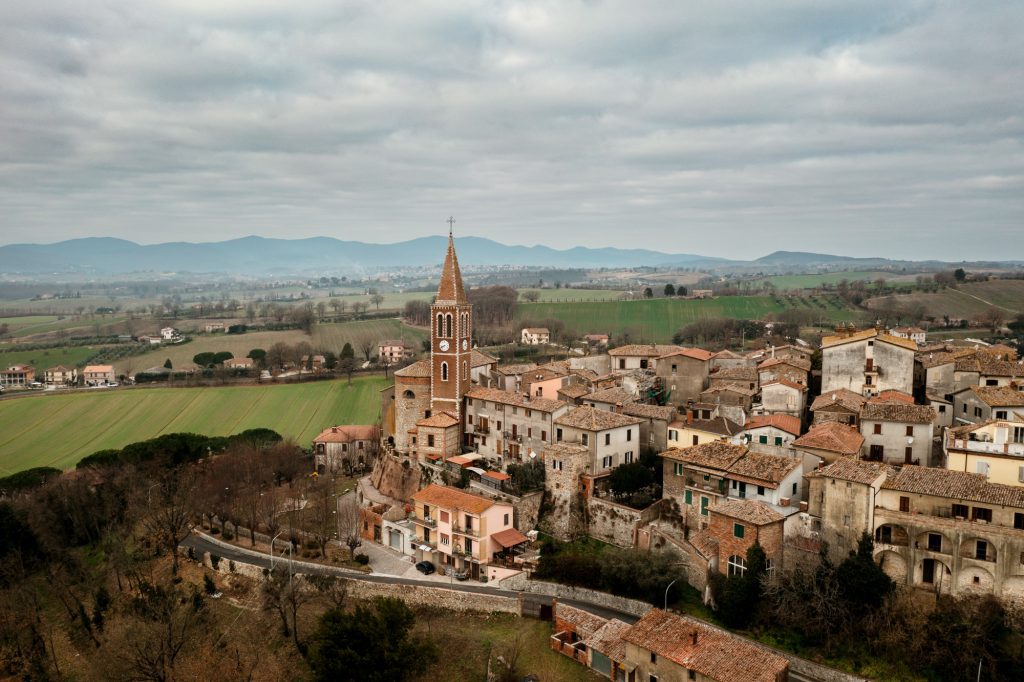
Culture
Two gates, Porta Amerina and Porta Medioevale, along with a series of battlemented towers, alternate and punctuate the strip of the city walls.
Within the walls, the Parish Church of San Nicolò houses a wooden Crucifix from the 15th century, a Madonna from the 16th century, a canvas by Bartolomeo Poliziano depicting Saint Anthony and Saint Lucia (1629), and a Madonna of the Rosary (1606) executed by Ricci da Urbino.
Among the rural churches near the village, there is San Martino de Coccomellis, built by the Arnolfi counts around the year 1000 inside the cemetery, and the small church of San Lorenzo in Nifili, built in Romanesque style. The latter, dating back to the year 1112, is constructed with blocks of stone of various sizes, reusing materials from previous Roman buildings. Its facade features some valuable floral decorations.
The hamlets that are part of the municipality of Montecastrilli are: Casteltodino, Farnetta, Collesecco, Castel dell’Aquila, and Quadrelli.
The Church of San Bartolomeo in Casteltodino (11th-12th century) has been reopened for worship after a radical restoration work..
Castel dell’Aquila boasts a beautiful Museum of Peasant Civilization with a permanent exhibition of agricultural tools and instruments.
Quadrelli, a medieval village with a characteristic gateway, perhaps named for the four small towers that characterized the castle, preserves within its walls the Romanesque Church of Santa Maria Assunta and the Church of the Confraternity of the Holy Rosary (17th century). The latter features a roof with trusses constructed using terracotta tiles marked with the emblem of Cardinal Canali.
Nature
Montecastrilli is known for the healthiness of its air and climate as it is located in the center of an ecologically intact and scenically stunning area. Its landscape is characterized by the geometries of cultivated lands and farmhouses.


